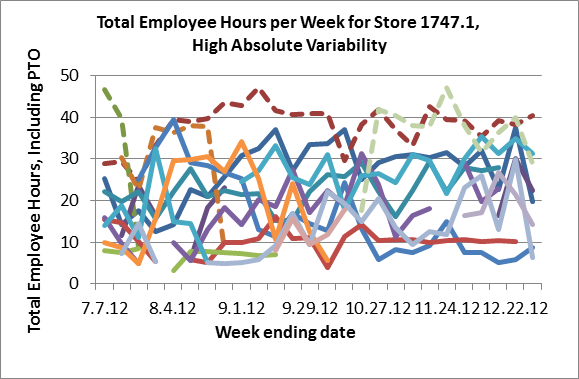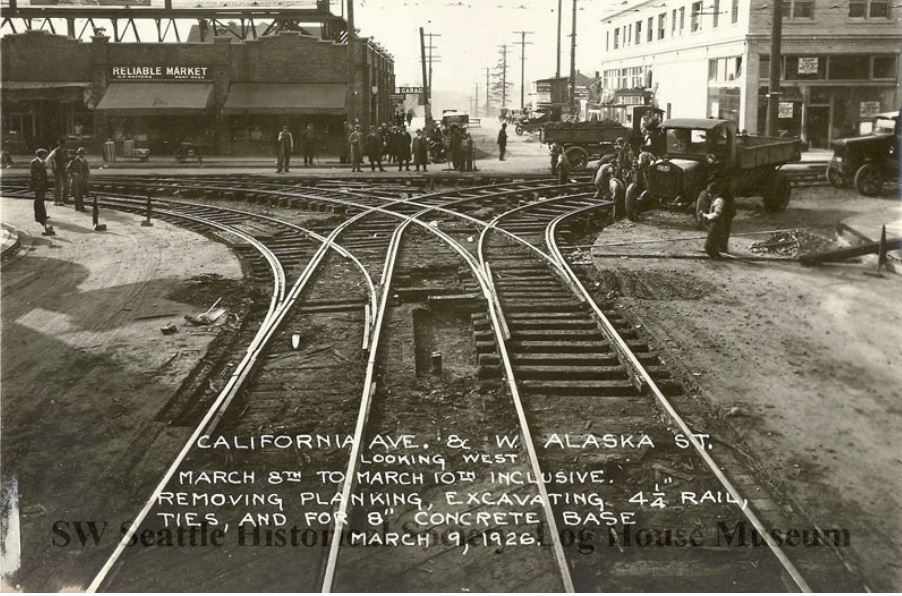In honor of yesterday’s International Women’s Day, Seattlish published a “Love Letter to the Women of the Seattle City Council.” Yesterday’s meeting of my Committee was itself a love letter right back to Seattle’s women to commemorate International Women’s Day. Not only did we kick off the discussion of the need for Secure Scheduling Regulations (link to detail below) to protect employees (helping predominately women of color), but we also in that same committee meeting dealt with the following issues:
- Heard the Seattle Women’s Commissions 2016 Work Plan – which sets as its top priority Paid Family Leave, which will be discussed this year in Councilmember Gonzalez’ committee.
- Released $600,000 to fund programs to support the Council’s Zero Youth Detention goals and heard from members of the group EPIC (Ending the Prison Industrial Complex). Children in jail is a mother’s, a sister’s, an auntie’s, and a grandma’s issue too – a woman’s issue; and again, women of color are disproportionally impacted.
- Heard from the West Seattle Historical Study Group about their survey of potentially historic buildings in the West Seattle Junction. The Campbell Building and the Hamm Building are two building that may be nominated for designation as historic. Historic preservation can help to keep rents reasonable in the Junction by preserving the building from redevelopment and preventing displacement. The Campbell Building is home to Cupcake Royale’s – a woman-owned business. The Hamm Building is also home to at least one woman owned business – Twilight Gallery.
Below is some additional detail on all three issues:
Secure Scheduling
Yesterday we kicked off the discussion about secure scheduling. We invited Professor Susan Lambert from the University of Chicago. Professor Lambert recently completed a study of lower-skilled jobs in 22 workplaces and four industries (retail, hospitality, transportation, and financial services); additionally, she teaches courses on the labor market and lower-skilled jobs, organizational theory and development, and doctoral-level research methods.
Professor Charlotte Garden from Seattle University was also able to join us. Professor Garden’s scholarship focuses on the labor movement and the first amendment, and she teaches constitutional law, labor law, appellate litigation and legislation & regulation at Seattle University School of Law.
We also learned that new technologies combined with the pressures from employers on managers for cost containment measures mean that the demand-to-labor ratios today are monitored much more closely than in the past. This means adjustments to staffing levels are made day to day and even hour to hour. This schedule unpredictability in the short-term combined with work schedules being posted only a few days before the work week begins, and the use of on-call shifts causes a greater amount of uncertainty for the worker today than in the past.
 Each dotted line represents a full-time employee, while the solid lines are part-time employees. Each employee’s hours were tracked over a six-month period.
Each dotted line represents a full-time employee, while the solid lines are part-time employees. Each employee’s hours were tracked over a six-month period.
As you can see from this graph, employees’ hours are in a constant state of flux, which makes it difficult to arrange reliable child care, work a second job, schedule a doctor’s appointment or socialize with family and friends. Fully 83 percent of hourly part-time workers report fluctuations in weekly work hours during the prior month, with the magnitude of fluctuations averaging a daunting 87 percent. This instability ratio [(greatest hours-fewest hours) ÷ usual hours] places the range of monthly variation in work hours in the context of usual work hours.
I’ll be working closely with Councilmember Gonzalez, the members of the CRUEDA Committee, the Executive, and workers, and employers through the summer to develop policy to address these issues.
Zero Youth Detention
My Committee approved legislation related to funding youth detention alternatives (also known as zero detention projects) approved by the City Council the 2016 Adopted Budget. Resolution 31614, passed by the Council in September 2015, endorsed a vision of the City of Seattle becoming a city with zero use of detention for youth and expressed the City’s intent to allocate City resources for alternatives to detention and incarceration for youth.
Although the number of youth of all races has significantly decreased as the average daily juvenile detention population dropped more than 60 percent over the last decade, the proportion of youth of color, especially black youth, in detention is growing. Black youth in King County currently make up 50.7 percent of incarcerated youth, despite being less than 12 percent of the youth population at large. All people of color combined make up fully three-quarters of the average daily juvenile population in King County. Those numbers are worse than national averages, which show African Americans making up about 40 percent of the incarcerated youth population and about 13 percent of the population at large.
The funding will allow the Social Justice Fund (SJF) to administer a community-based competitive process towards youth detention alternative services. SJF is a non-profit that has been funding social change since 1978, through a unique grassroots, community-driven funding allocation process. It is called the Giving Project and it brings together a multi-racial group of people to work together over six months to develop a shared analysis of race and class, fundraise from their own networks and make strategic grants based on a competitive funding process.
The group Ending the Prison Industrial Complex (EPIC), is responsible for the City’s commitment to this work, both in the funding of new alternatives and asking hard questions about the inevitability of the building of the Children and Family Justice Center, a new detention center that will also include childcare for families on court business, space for youth and family programs, a resource center connecting youth and families with services in their communities. But it is a detention center nonetheless with more beds than are currently used. EPIC’s James Williams told us that he wants more than just pretty words about our goals to end youth detention. I ask myself, if we want to reduce our reliance on detention for our youth, shouldn’t we also reduce the built capacity in the new facility for detention? I give many thanks to these tireless advocates for justice.
West Seattle Junction Historical Study Group
The West Seattle Junction Historical Study Group’s What makes the West Seattle Junction Special? report, concludes that two buildings meet the criteria for designation as a historic landmark: the Campbell Building, home of Cupcake Royale, and the Hamm Building, home of East Street and Twilight Gallery. Both buildings include women-owned businesses. The report also finds that six other buildings could be eligible, but require additional analysis.
As the report notes the Junction got its name in 1907 when the West Seattle and Fauntleroy streetcar lines converged at California Avenue and Alaska Street, shortly before West Seattle’s annexation to Seattle.
You can download the report and view a press conference announcing the report at this Southwest Seattle Historical Society webpage, and view the presentation on the Seattle Channel archive here.
The Southwest Seattle Historical Society announced a campaign last weekend to secure city landmark status for the two buildings at the We Love the Junction webpage.
Landmark designation requires a nomination; a determination of adequacy by the City Historic Preservation Officer; once deemed adequate, it is scheduled for consideration by the Seattle Landmarks Preservation Board at a public meeting. The Board may approve a nomination in whole or in part, which is then sent to the City Council.
More information about the City’s Landmarks process and criteria for landmarks is available here.


